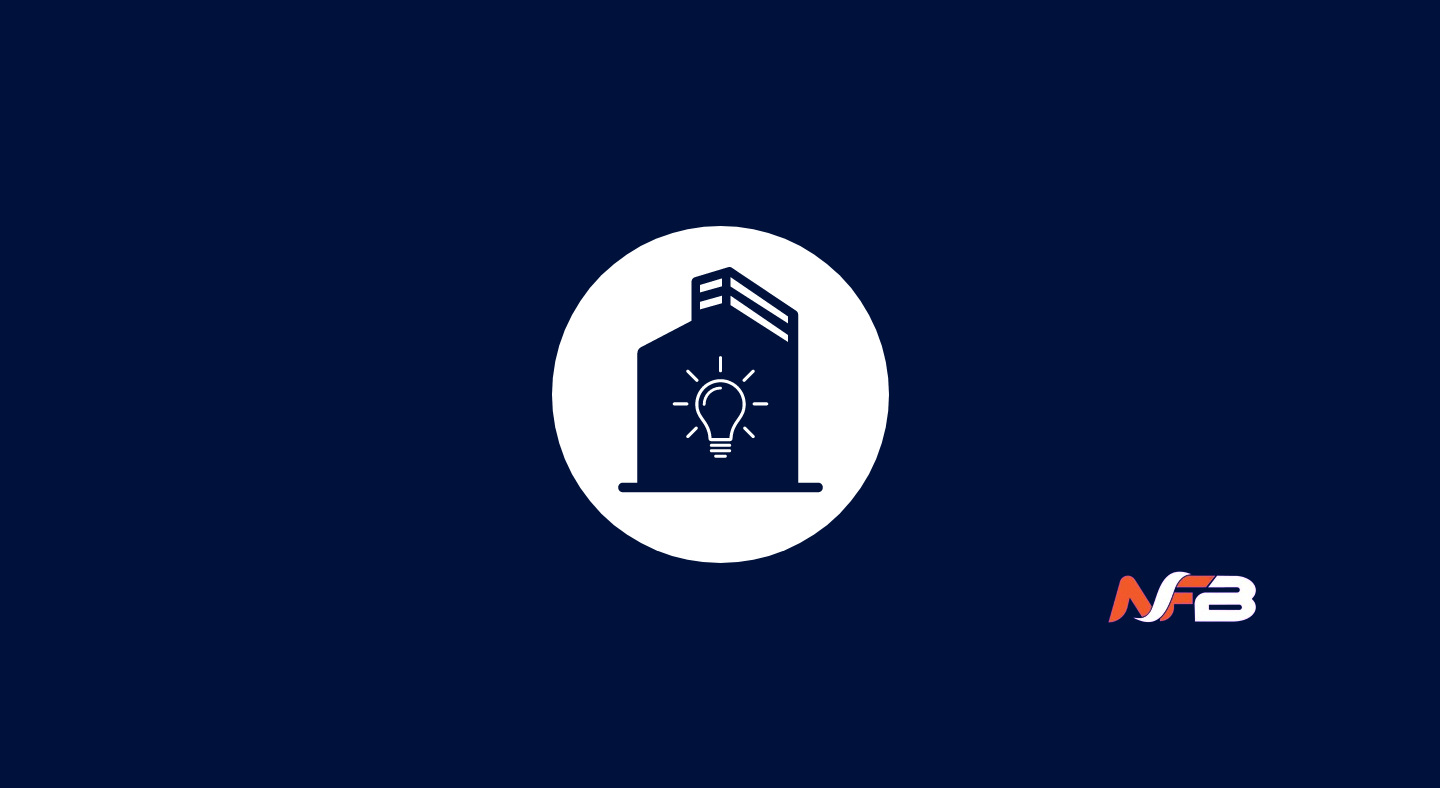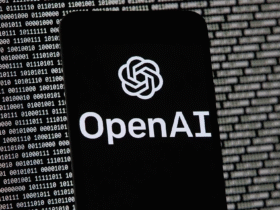Internal hackathons have become a dynamic way for organizations to engage employees, drive innovation, and foster a culture of creativity and collaboration. With the right platform, companies can organize and execute these events seamlessly, allowing employees to work on innovative solutions in an environment that promotes interaction, idea generation, and cross-functional teamwork. As remote work and distributed teams become more common, hackathon platforms have evolved to accommodate the diverse needs of modern organizations.
Here, we highlight seven of the best internal hackathon platforms to boost employee engagement, spark new ideas, and bring innovation to the forefront.
1. HackerEarth Sprint
When it comes to organizing internal hackathons, HackerEarth Sprint stands out as a comprehensive and well-rounded platform. HackerEarth is a global leader in technical skill assessments and developer upskilling, providing enterprises with tools to recruit, evaluate, and train developers effectively. It also serves as one of the most widely used platforms for organizing hackathons, bringing together its extensive developer community for coding challenges, ideation sessions, and prototype-building events.
Founded in 2012, with offices in San Francisco and India, HackerEarth has grown to serve over 4000 global tech companies. It helps organizations identify the right talent, assess their technical skills, and ensure candidates are matched with the correct roles, thanks to an AI-driven, bias-free assessment process.
Key Features:
- Extensive Developer Network: HackerEarth boasts a community of over 7.6 million developers, which makes it a great platform for internal hackathons with the potential to open up challenges to the broader tech community for a more collaborative approach.
- Wide Skill Coverage: With over 16,000 exclusive questions across 900+ skills and 18+ roles, HackerEarth ensures that hackathons can cater to diverse skills ranging from data science to full-stack development.
- Automated Evaluation: One of the biggest advantages of using HackerEarth is its automated evaluation and benchmarking tools. This saves time during hackathons by providing real-time scoring and feedback, helping teams stay focused on innovation rather than manual grading.
- Integration with ATS: HackerEarth integrates with Applicant Tracking Systems (ATS) like Lever, ZOHO, and JazzHR, allowing companies to seamlessly move hackathon participants into recruitment pipelines.
- Collaboration Tools: The platform supports real-time communication, making it easy for teams to collaborate and share ideas during the event.
- Free Trial: A 14-day free trial allows companies to test the platform before committing.
Pros:
- Offers an extensive library of questions and challenges across various roles and skills.
- Automated evaluations help streamline scoring and save time during hackathons.
- AI-driven assessments ensure fairness and help eliminate bias.
- Integrates with popular ATS platforms for seamless hiring processes.
Cons:
- The platform is paid, with only a 14-day free trial available.
- It may require a learning curve for first-time users.
With a G2 rating of 4.4/5 and a Capterra rating of 4.7/5, HackerEarth is trusted by major global tech companies and remains one of the top choices for internal hackathons.
HackerEarth | Talent Assessment Software
2. Devpost
Devpost is another well-established platform for organizing internal and external hackathons, especially among tech-savvy organizations. While it’s widely known for public hackathons, Devpost is also a great tool for engaging employees internally.
Key Features:
- Custom Hackathons: Devpost allows organizations to create customized hackathons that align with specific internal goals, be it improving product features or fostering cross-departmental collaboration.
- Community Integration: Like HackerEarth, Devpost taps into a broader developer community, allowing organizations to invite external developers to participate in company hackathons.
- Clear Scoring System: Devpost makes it easy for judges to assess projects based on predefined criteria, ensuring transparency in the evaluation process.
Pros:
- Simple and easy-to-use interface.
- Customizable hackathons allow organizations to tailor challenges to specific needs.
- Integrates seamlessly with popular developer tools and platforms.
Cons:
- Lacks some of the advanced features found in more enterprise-focused platforms like HackerEarth.
- May not offer as many integrations with HR tools.
3. Slack Hackathons
While Slack is primarily known as a team communication tool, it has evolved into a flexible platform for hosting internal hackathons, especially for remote teams. With its robust integrations, Slack can be used for organizing and managing hackathons effectively.
Key Features:
- Integrated Collaboration: Slack’s platform allows for real-time collaboration, making it easy for teams to communicate, share files, and stay updated throughout the hackathon.
- Bot Integrations: Slack supports various bots that can automate tasks such as assigning challenges, collecting submissions, and scheduling team meetings.
- Custom Channels: Organizations can create custom channels dedicated to different hackathon projects, making it easy to track progress and facilitate discussions.
Pros:
- Simple to set up and widely used in corporate environments.
- Supports real-time communication and collaboration.
- Custom bots can streamline many tasks during hackathons.
Cons:
- Lacks the in-depth evaluation features found in platforms like HackerEarth or Devpost.
- Primarily focused on communication rather than dedicated hackathon features.
4. Kaggle
Kaggle is best known for data science and machine learning competitions, making it an ideal platform for companies with a focus on data-driven innovation. Hosting a hackathon on Kaggle allows employees to work on real-world data challenges.
Key Features:
- Data Science Focus: Kaggle is specifically designed for data science hackathons, providing a large dataset repository and a wide array of data science tools.
- Leaderboard and Scoring: Kaggle’s real-time leaderboard helps track the performance of teams throughout the hackathon.
- AI Tools: Kaggle offers various AI tools, including AI tools for image compression, enabling employees to work on cutting-edge technologies during hackathons.
Pros:
- Focused on data science and AI, making it ideal for tech-centric companies.
- Provides access to real-world datasets.
- Strong community of data scientists and machine learning engineers.
Cons:
- Limited to data science challenges, not ideal for companies seeking diverse skill-based hackathons.
- Requires participants to have strong data science knowledge.
5. IdeaScale
IdeaScale takes a different approach by focusing on ideation and innovation management. It’s an excellent platform for hackathons aimed at idea generation, especially in non-technical departments.
Key Features:
- Crowdsourcing Innovation: IdeaScale allows organizations to crowdsource ideas from employees and then refine them through collaboration.
- Voting and Feedback: Employees can vote on ideas and provide feedback, which helps prioritize the most impactful solutions.
- Custom Workflows: The platform supports custom workflows, ensuring that ideas go through a structured evaluation process.
Pros:
- Ideal for idea-generation hackathons.
- Encourages cross-departmental collaboration.
- Provides robust voting and feedback features.
Cons:
- Not a coding-focused platform, limiting its appeal for tech companies.
- Lacks advanced developer tools or coding challenge features.
6. GitHub Hackathon
GitHub, primarily known as a code repository platform, can also be used to host internal hackathons focused on software development.
Key Features:
- Version Control: GitHub’s version control system makes it easy for teams to collaborate on code during hackathons.
- Project Management: The platform provides tools for issue tracking and project management, helping teams stay organized.
- Seamless Integration: GitHub integrates with various CI/CD tools, making it a robust choice for coding-intensive hackathons.
Pros:
- Great for coding-based hackathons.
- Strong version control and collaboration features.
- Integrates with a wide range of developer tools.
Cons:
- Primarily focused on code management, lacking some of the evaluation and scoring features of dedicated hackathon platforms.
7. MURAL
MURAL is a visual collaboration platform designed for creative hackathons that focus on brainstorming, ideation, and concept design. It’s a highly interactive platform for teams looking to map out new ideas visually.
Key Features:
- Visual Collaboration: MURAL provides digital whiteboards for brainstorming and ideation, making it perfect for hackathons focused on design and creative solutions.
- Real-time Editing: Teams can collaborate in real-time, making changes to projects and seeing others’ contributions instantly.
- Templates: MURAL offers various templates to help teams get started quickly.
Pros:
- Ideal for design-centric and brainstorming hackathons.
- Supports real-time collaboration.
- Encourages visual thinking and creativity.
Cons:
- Not suitable for coding or development-focused hackathons.
- Lacks advanced developer tools.
By leveraging the right internal hackathon platform, organizations can unlock the potential of their employees, foster a culture of innovation, and solve critical business challenges. Whether you’re looking for coding challenges, idea generation, or creative brainstorming, these seven platforms offer the flexibility and tools to run successful internal hackathons and boost employee engagement.















Leave a Reply